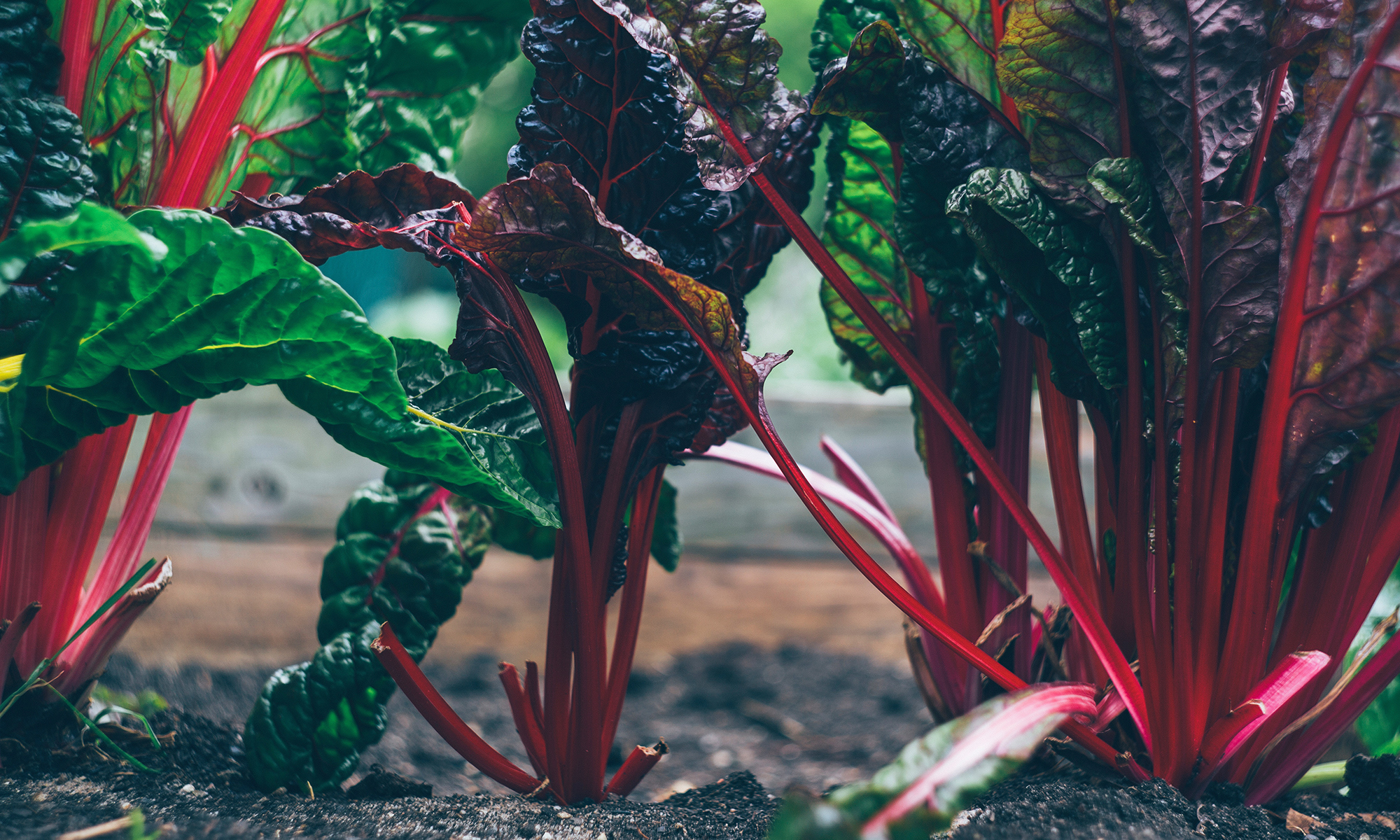Brett called two weeks ago to let me know that the plum tomatoes were in full production! He knows I plan an annual visit to the farm with the sole goal of canning tomatoes to last me through the winter. He suggested I come for a visit soon, lest I suffer the same fate as last year: my timing was off and the varieties available, though more flavorful than the plums, were too juicy for preserving. By the time I arrived this week, he had set aside 50 pounds of #1 plum tomatoes, plus another 20 pounds of #2 Cherokee purples which would add depth of flavor to my sauces.
The guise of my trip was to can tomatoes, but in truth, I cherish every opportunity to visit. In an era of high fuel costs and rising food prices, where the average food travels 1,500 miles from the field to the plate, I take a special pleasure in harvesting my food just hours before eating it. A typical meal on the farm has less than 10 food miles. Lamb comes from Donna and Cameron, just a few miles down the road in Lexington Park. Friend Bob fishes in the Chesapeake Bay, 1,500 feet from the farm – sharing his catch of Cobia, Bluefish or Striper. Vegetables, chicken and eggs come from the fields less than ½ mile from the house. The Mennonites raise livestock for milk and cheeses about 15 miles north in Leonardtown. Deer prance in the fields surrounding the farm, occasionally venturing into the fields and eating the watermelon. “Crop management” means we occasionally eat venison, too!
The farm is at peak production now – harvesting several varieties each of tomatoes, okra, red peppers, cucumbers squashes, eggplant, watermelon and okra. Meals are abundant, but so is the work.
The watermelon and okra coexist nicely on the south fields, neither encroaching on the others space. Unlike some of the other crops, the watermelon doesn’t mind the shade that the okra creates from its talk stalks. And in fact, it’s a good thing… when the crew harvests the watermelon, they leave them in the shade of the okra until they come with a truck to gather them all.
Neither is fun to harvest. The obvious challenge in watermelon is the weight. The crew will harvest one ton each week – 5 pounds at a time. After passing through the patch, snipping the ripe ones from the vine, the crew will pass through a second time with a tractor – one person driving the tractor off to the side and two others gingerly setting each watermelon in its hopper. The okra’s spiny stalks prickle as you harvest. To make the task palatable, the crew wears long sleeves and gloves – necessitating an early morning harvest before it gets too hot in the fields, making the protection as unbearable as the spiny stalks.
With proper protection, I love picking okra. The abundant flowers are beautiful white with a purple center; they smile at me. Brett usually hoards the okra for market, but my reward for harvesting is as much okra as I can eat. I usually make a succotash for one meal and deep fry some for a second. In fact, market demand is so strong, Brett doesn’t eat okra until September.
On the north side, with all the tomatoes, is my favorite chili – affectionately named “Peachy Mama.” Typically, it’s a sweet pepper with floral undertones. But since they are planted so close to the spicy chilies, they sometimes get cross-pollinated and develop a little kick. Unlike other chilies that are equally delicious red-ripe or green, the peachy mama is only good when it’s fully ripe — a pale orange. Harvesting is tricky… the brittle branches lose their flowers (the predecessor to the chili) easily. Each pepper must be carefully inspected for ripeness, but a clumsy touch means fewer chilis in subsequent weeks.
1/2 pound fresh okra
1 medium vine-ripened tomato – Cherokee Purple or San Marzano
1 small onion
2 cloves garlic
1 peachy mama pepper or ½ small red bell pepper
1 ear corn, kernels cut from cob
1 1/2 tablespoons olive oil or butter
1 tbs. fresh Genoa or lemon basil
salt, pepper and lemon juice to taste
Cut okra into 1/2-inch-thick slices. Chop tomato. Dice onion, chop garlic and cut corn from cob. In a heavy skillet heat butter over medium-high heat. Add the corn in a single layer and sprinkle the onions and garlic on top. Do not stir for a few minutes until the corn develops a sweet, roasted aroma. Stir, and continue cooking for 1 minute. Add the okra and pepper, stirring occasionally, until the okra is bright green, about 3 minutes. Stir in tomato and basil and simmer, stirring occasionally, 2 minutes, until everything is heated through. Season with salt, pepper and lemon juice to taste.
